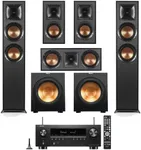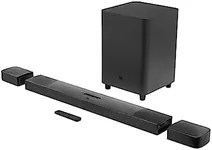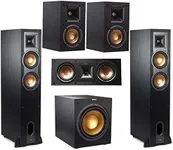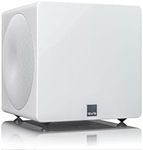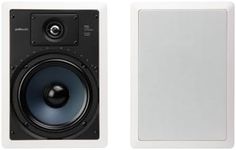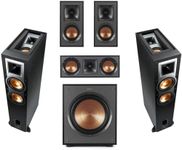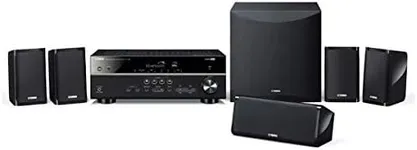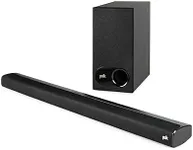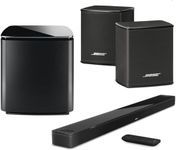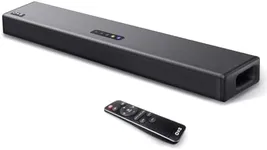Buying Guide for the Best Home Theater Speakers
Choosing the right home theater speakers can significantly enhance your movie-watching and music-listening experience. The key is to understand your needs and preferences, and then match them with the right specifications. Here are some important specs to consider when selecting home theater speakers, along with explanations to help you make an informed decision.Speaker TypeHome theater speakers come in various types, including floor-standing, bookshelf, satellite, and in-wall/ceiling speakers. Floor-standing speakers are large and provide powerful sound, making them ideal for spacious rooms. Bookshelf speakers are smaller and can be placed on shelves or stands, suitable for medium-sized rooms. Satellite speakers are compact and often used as part of a surround sound system, perfect for smaller spaces. In-wall/ceiling speakers are installed directly into the walls or ceiling, offering a clean look and saving space. Choose the type that fits your room size and aesthetic preferences.
Speaker ConfigurationThe speaker configuration refers to the number of speakers and their arrangement in your home theater system. Common configurations include 2.1, 5.1, 7.1, and 9.1. The first number indicates the number of main speakers, while the second number represents the subwoofer. A 2.1 system has two main speakers and one subwoofer, suitable for basic setups. A 5.1 system includes five main speakers and one subwoofer, providing a more immersive experience. A 7.1 or 9.1 system adds additional speakers for even more surround sound depth. Choose a configuration based on the level of immersion you desire and the size of your room.
Power HandlingPower handling, measured in watts, indicates how much power a speaker can handle from an amplifier without distortion. It includes two values: RMS (continuous power) and peak power. RMS is the amount of power the speaker can handle continuously, while peak power is the maximum it can handle in short bursts. For a home theater, look for speakers with higher RMS values for consistent performance. If you enjoy loud, dynamic sound, opt for speakers with higher peak power. Match the power handling of the speakers with your amplifier's output to ensure compatibility and avoid damage.
Frequency ResponseFrequency response, measured in Hertz (Hz), indicates the range of sounds a speaker can reproduce. A wider frequency response means the speaker can produce both deep bass and high treble sounds. For home theater speakers, look for a frequency response that covers at least 20Hz to 20kHz, which is the range of human hearing. If you enjoy bass-heavy music or action movies, consider speakers with a lower frequency range for deeper bass. For clear dialogue and detailed sound, ensure the speakers cover the higher frequency range as well.
SensitivitySensitivity, measured in decibels (dB), indicates how efficiently a speaker converts power into sound. Higher sensitivity means the speaker can produce louder sound with less power. Speakers with a sensitivity rating of 88 dB or higher are considered efficient. If you have a low-powered amplifier, choose speakers with higher sensitivity to achieve adequate volume levels. For larger rooms or if you prefer louder sound, opt for speakers with higher sensitivity ratings to ensure they can fill the space with sound.
ImpedanceImpedance, measured in ohms, indicates the resistance a speaker provides to the amplifier's current. Common impedance values for home theater speakers are 4, 6, and 8 ohms. Lower impedance speakers (4 ohms) require more power from the amplifier, while higher impedance speakers (8 ohms) require less power. Ensure your amplifier can handle the impedance of the speakers you choose. If you have a powerful amplifier, you can opt for lower impedance speakers for better sound quality. For standard home theater setups, 6 or 8-ohm speakers are usually sufficient.
